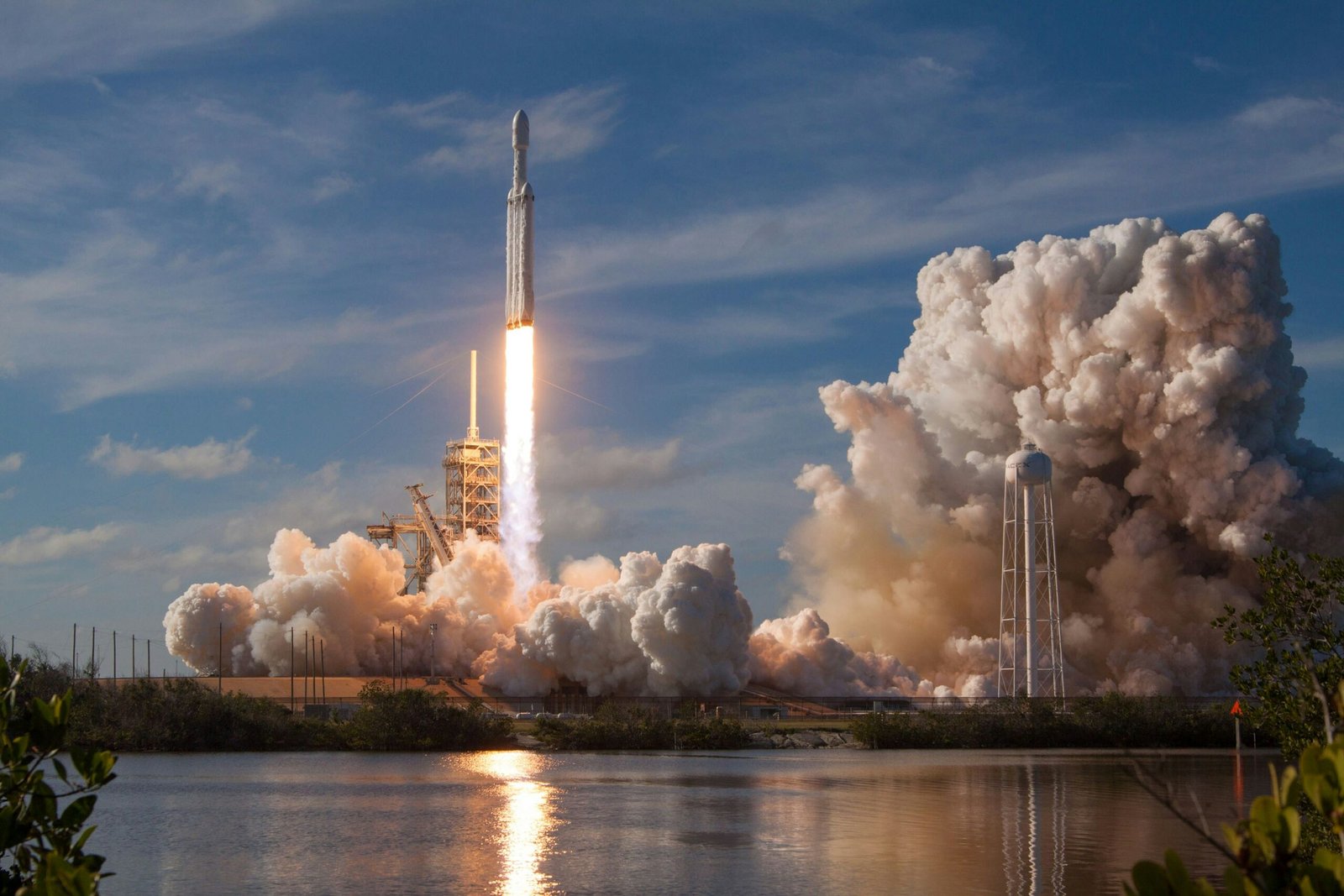Introduction
Space exploration has always been a subject of fascination for humanity. From the first moon landing to the recent Mars missions, the exploration of the final frontier has captured our imagination. However, with great adventure comes great risk. Space missions are not only technologically complex but also inherently dangerous. To mitigate these risks, insurance for space exploration plays a crucial role in managing the uncertainties involved. In this blog post, we will explore the importance of insurance in space exploration and how it helps in managing the risks associated with this extraordinary endeavor.
Understanding the Risks
Space exploration involves a multitude of risks that need to be carefully managed. These risks can be categorized into various areas:
1. Launch and In-Orbit Risks
The journey to space starts with the launch of a spacecraft. This phase poses significant risks, including launch failures, explosions, and collisions with other objects in space. Once in orbit, the spacecraft is exposed to risks such as micrometeoroid impacts, radiation, and temperature fluctuations.
2. Human Health Risks
Space travel takes a toll on the human body. Astronauts face various health risks, including bone and muscle loss, cardiovascular problems, and radiation exposure. These risks need to be managed to ensure the well-being of the crew during and after the mission.
3. Equipment and Technology Risks
The complex equipment and technology used in space missions are susceptible to failures and malfunctions. The loss or damage of critical systems can jeopardize the success of a mission. Insurance helps cover the costs associated with equipment failures and ensures the continuity of space exploration efforts.
4. Liability Risks
Space missions involve multiple stakeholders, including government agencies, private companies, and international partners. In the event of accidents or damages caused by space activities, liability issues arise. Insurance provides coverage for potential liabilities, protecting the parties involved.
The Role of Insurance in Space Exploration
Insurance plays a crucial role in managing the risks associated with space exploration. It provides financial protection and helps ensure the continuity of space missions. Here are some key ways in which insurance contributes to the success of space exploration:
1. Risk Assessment and Mitigation
Insurance companies specializing in space exploration conduct comprehensive risk assessments. They evaluate the potential risks involved in a mission and provide recommendations for risk mitigation. This process helps mission planners and spacecraft designers make informed decisions to minimize risks and enhance mission success.
2. Financial Protection
In the event of a mission failure or accident, insurance provides financial protection. It covers the costs associated with spacecraft loss, equipment damage, and liability claims. This financial safety net allows space agencies and private companies to recover from setbacks and continue their exploration efforts.
3. Collaboration and International Cooperation
Space exploration is a collaborative endeavor involving multiple countries and organizations. Insurance facilitates international cooperation by providing coverage for liabilities and risks shared among different parties. This collaboration enhances the overall safety and success of space missions.
4. Innovation and Technological Advancement
Insurance for space exploration encourages innovation and technological advancement. By providing coverage for new and experimental technologies, insurance companies enable the development of cutting-edge systems and equipment. This support drives progress in the field and pushes the boundaries of what is possible in space exploration.
Challenges in Insuring Space Exploration
Insuring space exploration comes with its own set of challenges. The unique nature of space missions and the high risks involved make it a complex task. Here are some of the challenges faced by insurance providers:
1. Limited Data and Experience
Space exploration is still a relatively new field, and the data available for risk assessment is limited. Insurance companies face challenges in accurately assessing the risks associated with space missions due to the lack of historical data and experience. However, advancements in modeling and simulation techniques are helping address this challenge.
2. High Costs and Uncertainties
Space missions are costly endeavors, and insurance coverage comes at a significant price. The high costs and uncertainties involved in space exploration make it challenging for insurance providers to offer comprehensive coverage without compromising their profitability. Striking the right balance between coverage and affordability is a constant challenge.
3. Regulatory and Legal Framework
The regulatory and legal framework surrounding space exploration is complex and varies across different countries. Insurance providers must navigate these regulations to ensure compliance and offer appropriate coverage. The evolving nature of space law adds another layer of complexity to the insurance process.
4. Future Risks and Uncertainties
As space exploration advances, new risks and uncertainties emerge. Insurance providers need to stay ahead of these developments and adapt their coverage accordingly. Anticipating future risks, such as those associated with deep space missions and asteroid mining, is a challenge that requires continuous monitoring and evaluation.
The Future of Insurance for Space Exploration
The future of insurance for space exploration holds both opportunities and challenges. As the field continues to evolve, insurance providers need to adapt and innovate to meet the changing needs of the industry. Here are some potential trends and developments to watch out for:
1. Customized Coverage
Insurance providers may offer more customized coverage options tailored to the specific needs of space missions. This could include coverage for emerging risks, such as space debris mitigation and asteroid mining. Customized coverage will enable space agencies and private companies to manage their unique risks more effectively.
2. Collaboration with Technology Companies
The rapid advancement of technology is transforming the space industry. Insurance providers may collaborate with technology companies to develop innovative risk assessment tools and solutions. This partnership can help improve the accuracy of risk assessment and enable more efficient underwriting processes.
3. New Players in the Insurance Market
The growing interest in space exploration from private companies and startups is likely to attract new players to the insurance market. Non-traditional insurance providers, such as technology companies and venture capitalists, may enter the space insurance sector, bringing fresh perspectives and approaches.
4. Integration of Artificial Intelligence
Artificial intelligence (AI) has the potential to revolutionize the insurance industry. AI-powered algorithms can analyze vast amounts of data and identify patterns to improve risk assessment and underwriting processes. Insurance providers may leverage AI to enhance their capabilities in insuring space exploration.
Conclusion
Insurance plays a vital role in managing the risks associated with space exploration. It provides financial protection, facilitates international cooperation, and encourages innovation in the field. Despite the challenges involved, insurance for space exploration continues to evolve and adapt to the changing needs of the industry. As we venture further into the final frontier, insurance will remain a crucial tool in ensuring the success and sustainability of space missions.










